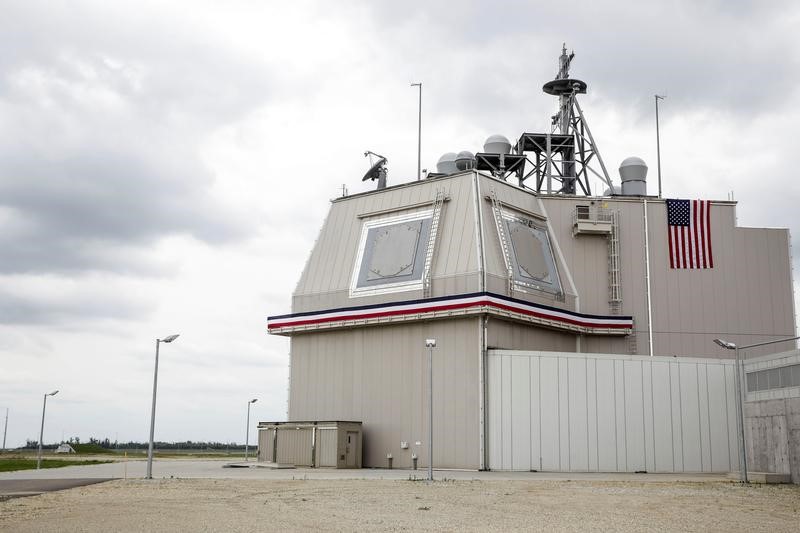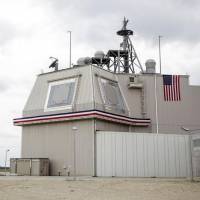Japan is leaning toward choosing the Aegis Ashore missile-defense system over another advanced system called Terminal High Altitude Area Defense (THAAD), government and ruling party sources have said.
Faced with North Korea's rapid missile and nuclear development, and its threats, Japan has been looking into introducing a new missile-defense layer — either THAAD or Aegis Ashore, a land-based version of the Aegis system developed for warships.
Lockheed Martin Corp. makes both systems.
The government now favors Aegis Ashore because it is cheaper and comes with a wider coverage area, which would mean fewer units needed to protect Japan, three government and two ruling party sources said.
The sources, who spoke last week, declined to be identified because they are not authorized to speak to media on the topic.
An Aegis Ashore unit costs about ¥70 billion to ¥80 billion ($618 million to $706 million), while a THAAD unit costs more than ¥100 billion, the sources said.
Also, the introduction of Aegis Ashore would help reduce the burden of round-the-clock vigilance shouldered by Maritime Self-Defense Force warships equipped with the Aegis system, they said.
The government will make a final decision on the new system in the coming months, after sending, possibly this month, an inspection team to Hawaii, where U.S. forces operate Aegis Ashore test facilities, they said.
The ruling Liberal Democratic Party in March urged Prime Minister Shinzo Abe's government to consider acquiring the capability to hit enemy bases, specifically by purchasing cruise missiles, and to beef up the nation's missile defenses.




















With your current subscription plan you can comment on stories. However, before writing your first comment, please create a display name in the Profile section of your subscriber account page.